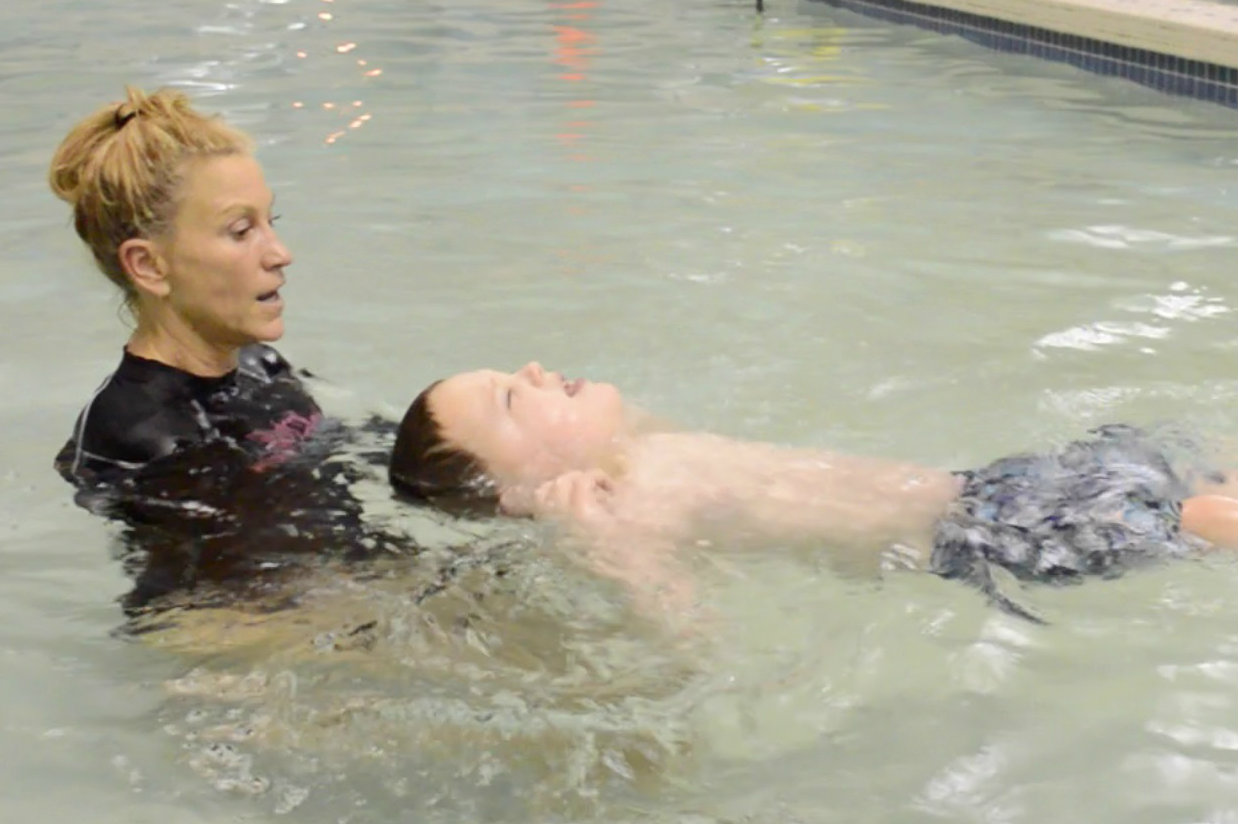For children with disabilities, swimming and aquatics provide much-needed outlets. But, depending on the child’s specific disability, servicing their needs and finding the right delivery method may seem daunting for even the best programs. And not every facility is prepared to do it. The good news is that determining a course of action may be easier than you think.
As something of a primer, consider these five tips for incorporating children with disabilities into your programs.
1. Be aware of the ADA
Turning away someone because he or she has a condition you’re not prepared to work with may present legal challenges. As such, learn-to-swim providers should familiarize themselves with the Americans with Disabilities Act (ADA) and what it requires. Accommodations laws vary depending on facility type and program scope. If a person’s disability does not infringe on safe operations, they have the right to participate. You can provide an alternative program catering to the needs of persons with disabilities, however this may not suffice. For programs open to the public or that rent, lease or own a pool used for public access and accommodation, you likely must adhere to Title III of ADA. This entitles those with disabilities to access mainstream recreation programs. Under ADA, you must provide “reasonable accommodations,” however, if participation places an undue burden on a program, creates a threat to safety, and/or fundamentally alters a program, denial may be justified. Providers should contact their attorneys with questions on the law or when dealing with a specific situation.
2. Delve deeper into specific conditions
Most learn-to-swim instructor certifications only provide basic information on serving children with disabilities, so instructors should seek additional training and education. There are several supplemental educational options specifically on adapted aquatics. Programs such as “Children with Challenges,” from USA Swimming and textbooks such as “Adapted Aquatic Programming,” from Human Kinetics can be excellent resources. It also is recommended that instructors familiarize themselves with a child’s specific disability for better instruction and safety. It is important to gain an understanding of the psychomotor, cognitive abilities, and behavior characteristics typically seen with a disability. But each child is unique, and their personal case is not likely textbook, so instructors should get to know each child and talk to their parents. Veteran swim instructors can be excellent resources as many have experience working with children with specific disabilities.
3. Determine social needs and abilities
To deliver the best experience, instructors must think about the child’s specific needs. But they also must assess their abilities, how the child learns best, and determine the child’s behavior and how they interact with others. It is encouraged that parents and children visit the facility before the first class. This allows instructors to meet and interact with the child and gather vital information. Observe the child during the visit, and ask parents how the child learns best, if the child has any behavior issues and how they are best overcome, and what environmental factors effect learning and behavior. Also, water can be a different sensory experience for the child, so ask about previous exposure to water and how the child responded. It helps for the parent and child to swim at the facility during the visit so the child becomes used to the environment and routine.
4. Keep a variety of equipment
To provide these services, some flexibility is needed. A variety of equipment will give a child more options and allow the instructor to find what works best in each case. An assortment of noodles, kickboards, floating aids, and other typical learn-to swim equipment is best. There is no one-shoe-fits-all answer to what equipment to have on hand; however, the more you have, the better. Try different types and see if it fits the needs of the child and the lesson. Don’t be afraid to think outside the box. When possible, let the child choose their own equipment. Even just picking their favorite colored noodle can provide the child with a feeling of independence, which they may not experience very often.
5. Find the right fit
A key consideration is whether the child should participate in a larger class, or receive closer instruction. Inclusion in group lessons is sometimes best: A child with a physical or intellectual disability often is separated from same-aged peers, so the social and psychological interactions can be extremely beneficial. Such inclusion may require a one-on-one assistant for that child, more attention from the instructor, or other accommodations. Alternatively, the child may be better served by private or smaller group instruction. No matter the delivery method, decisions should be based on the child’s needs and the program’s abilities.
Providing opportunities for children with disabilities to learn swimming and water safety will make them safer and provide an excellent physical outlet, along with social and psychological benefits. This benefits learn-to-swim providers by opening a new market and providing a worthwhile service.




